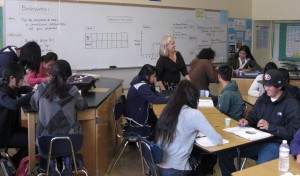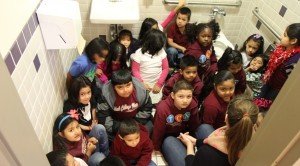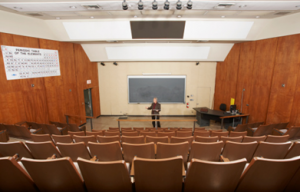
Every year, teachers of different experience levels are placed with particular groups of students, and this can result in the uneven distribution of quality instruction within schools. High-quality teacher instruction yields better educational outcomes for students, and this is especially true for immigrant-origin English Learners (ELs) who rely on teachers for broader cultural socialization. As a result, teacher placement into EL classes matters tremendously for those learners.
To better understand how teachers are placed into EL-designated content courses, Dafney Dabach interviewed 20 teachers, seven administrators, and four EL instructional coaches from seven California high schools with 10-30% EL students. She focused on teachers assigned to both sheltered EL and traditional classrooms because of their ability to compare across contexts.
In general, she finds that less-experienced teachers are more likely to be placed into EL content-area classrooms. In six out of the seven schools, teacher distribution norms were seniority-based. In other words, teachers with more years on-site “get first crack at” what they want to teach, while the newest teachers are “stuck” with classes that others do not want. There were some exceptions: at times administrators intervened with the “seniority-based” process, and occasionally more senior teachers requested EL assignments. But because EL courses were seen as less desirable, newer teachers usually staffed them by default.
According to Dabach, teacher credentialing and education policy also contribute to this pattern. NCLB requires every classroom is staffed by a “highly qualified” teacher. Because California law requires newly issued teaching certificates to include EL endorsements, this means new teachers are automatically considered “highly qualified” to teach EL courses. Their more-experienced colleagues, certified when EL authorization was optional, are less likely to have the endorsement.
You can read the full article here:
Dabach, D. B. (2015). Teacher Placement Into Immigrant English Learner Classrooms: Limiting Access in Comprehensive High Schools. American Educational Research Journal, 52(2), 243-274.
Amy August is a graduate student in Sociology at the University of Minnesota who studies education, competition, parenting, and sports.












